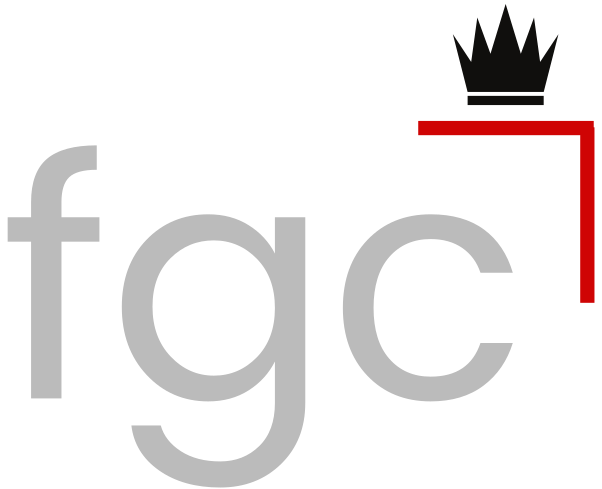In forex trading, using harmonic patterns can be a valuable tool for identifying potential opportunities in the market. These patterns are based on the idea that market movements are not random but follow specific patterns or cycles. By understanding these patterns, traders can potentially make more informed trading decisions and potentially increase their chances of success in the market.
As a form of technical analysis, the interaction of key Fibonacci levels forms Harmonic patterns. Fibonacci levels are numbers used to identify key support and resistance levels in the market. These levels are derived from the Fibonacci sequence and are commonly used in technical analysis to identify potential turning points in the market.
Examples of Harmonic Patterns
Several harmonic patterns are commonly used in forex trading, including the Gartley pattern, the Bat pattern, the Butterfly pattern, and the Cypher pattern. Each pattern has its specific characteristics and is used to identify different types of market conditions.
The Gartley Pattern is a reversal pattern formed by three consecutive swings or retracements, and specific Fibonacci ratios characterize it. Traders consider it a powerful pattern they can use to make high-probability trades.
The Bat Pattern is also a reversal pattern formed by three consecutive swings or retracements. However, the Bat pattern is characterized by different Fibonacci ratios than the Gartley pattern. Traders often use the Bat pattern to identify potential opportunities in the market.
The Butterfly Pattern is a reversal pattern formed by four consecutive swings or retracements, and specific Fibonacci ratios characterize it. Traders consider the Butterfly pattern a powerful trading pattern they can use to make high-probability trades.
The Cypher Pattern is another reversal pattern formed by four consecutive swings or retracements, and specific Fibonacci ratios characterize it. Traders consider the Cypher pattern a powerful pattern they can use to make high-probability trades.
It is important to remember that using harmonic patterns is not a standalone trading strategy, and traders should consider using them with other forms of analysis, such as trend and fundamental analysis, to make more informed trading decisions. Additionally, traders should also be aware that past performance is not necessarily indicative of future results. It is always essential to use proper risk management techniques, such as setting stop-loss orders and taking profits at key levels.
To use harmonic patterns in forex trading, traders should first identify the pattern on a chart by looking for the specific Fibonacci ratios that define each pattern. Once a pattern is identified, traders can use the pattern to make predictions about the market and potentially enter trades at key levels.
Conclusion
Using harmonic patterns in forex trading can be a valuable tool for identifying potential opportunities in the market. By understanding these patterns, traders can potentially make more informed trading decisions and potentially increase their chances of success in the market.

